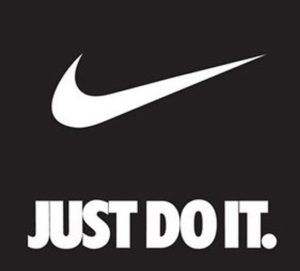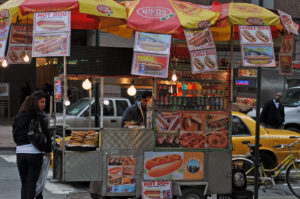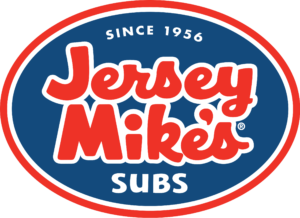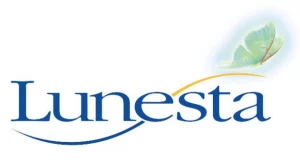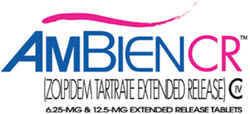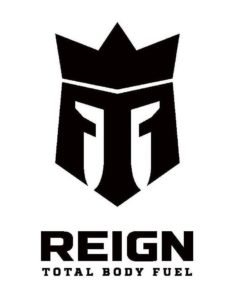
When you create a new business or a new product, you often want to pick a clever name that the public will remember, but which also references the product or service being sold. For example, the mark “Google” for an internet search engine is memorable because it is somewhat unique. In mathematical terms, “googol” is the number 1 followed by 100 zeroes, and a “googolplex” is the number 1 followed by a googol of zeroes. Here, the term is being used to obliquely refer to the sheer volume of information available on the internet, which the search engine Google allows you to search. However, there are some rules… no, check that. They’re more like guidelines.
There are some guidelines to follow when selecting these names. First, it is important to get some terminology straight. The “clever name” that I’ve been referring to is legally referred to as a “trademark.” In plain English, a trademark is any kind of mark, logo, phrase, jingle, or practically anything else that is associated with a particular brand or product. For example, when a person sees a jewelry box in a very specific shade of blue, most people associate that box with the jewelry company Tiffany’s. Or when a person sees a restaurant with two golden arches out front, they typically know that the restaurant is a McDonald’s. Trademarks can be company names, like Nike. They can be logos, like the Nike swoosh. They can be taglines, like Nike’s “Just Do It.”
They can be shades of color, like the Tiffany’s box. They can be jingles, like State Farm’s “Like a good neighbor, State Farm is there.” Some companies have gone so far as to trademark the “look and feel” of a restaurant interior (Taco Bell) or a particular scent (Verizon).
Whatever it is, the critical component is that the public builds an association between the trademark and the associated company or product, such that when a person sees the mark, they think of the company.
Okay, now that we know what a trademark is, let’s discuss the relative strength of trademarks. There are four legal categories – generic, descriptive, suggestive, and arbitrary. A generic mark would be something that merely states the good or service being offered, e.g. a hot dog stand that does business under the name “Hot Dogs.”
Generic marks are not protectable as trademarks, so in general you should stay away from them. The rationale is that the purpose of the trademark is to build an association with a particular product, and here the name “Hot Dogs” could refer to any hot dogs sold at any place, as opposed to those sold by a specific hot dog stand.
Descriptive marks go one step further and describe the goods or services, without doing anything to specifically differentiate the goods or services offered by a specific company, for example, a knife manufacturer might want to do business under the name “Very Sharp Knives.” Technically that name has more words than just the product being offered, but it still does not identify a specific company, good, or service. The law does not protect descriptive marks, except in a limited situation where the association between an otherwise descriptive mark and a specific company has become so strong that the otherwise unprotectable mark is said to have acquired a “secondary meaning.” However, whether the strength of an association between hypothetical members of the public and a specific company is strong enough to be considered a “secondary meaning” is an imprecise standard that often has to be determined by a court. Therefore, attorneys generally recommend selecting a mark that goes beyond generic or descriptive terms, and is instead either suggestive or arbitrary. Both suggestive and arbitrary marks are legally protectable.
Suggestive marks are unique enough to identify a specific product, service, or company, and which refer to, suggest, or otherwise call to mind the good or service being offered. For example, “Jersey Mike’s Subs” is sufficient to identify a specific restaurant chain. Similarly, “Delta Airlines” is specific enough to refer to the transportation options offered by a specific airline company. Most professional trademarks fall into this category, and this is generally where you should aim to be as well.
Arbitrary or fanciful marks are just that – random, arbitrary, and often made-up words that companies create for a specific product. The most salient examples of this are the names that pharmaceutical companies give to new medications. The mark “Lunesta” for sleeping pills is a made-up word which suggests the word “luna” (which is Latin for “moon”). The manufacturer presumably chose this mark because many people associate the moon with nighttime and, therefore, sleep. Along those same lines, a different sleeping pill is called “Ambien,” which again is a made-up word that omits the letter “t” from the word “ambient.”
Arbitrary marks can also be real words that are applied in fields which have nothing to do with them. For example, the mark “Reign” for energy drinks is protectable because nobody else is using the word “reign” in connection with energy drinks and there is no obvious connection between the mark and the energy drink industry.
Since the mark was chosen in a somewhat arbitrary fashion, it is unlikely that anyone else would be using the same or a similar mark in the same field. As such, these marks are given the highest amount of legal protection. That said, the downside of arbitrary marks is that there often is not any immediate connection between the company and the trademark. The company has to market its goods or services to the public in such a way that it creates that connection.
Having covered what a trademark is and how to select a legally protectable mark, the next step is to check whether anyone else is already using that mark. This can be accomplished in a number of ways, and in practice, most people employ multiple methods. The first place to check is the U.S. Patent and Trademark Office (USPTO). The USPTO maintains a list of all the registered trademarks in the United States, along with notes such as who used the mark, what industry it was used in, and whether the registrations are active. The next place to check will often be your home state’s Secretary of State office. They maintain a list similar to the federal one, but for trademarks and trade names registered with the state government, as opposed to the federal government. You can also often check the names of companies registered to do business in the state. After that, a simple internet search will often show whether anyone is using a name, logo, or other mark that looks or sounds similar to the one you want to use. I also check an online database known as Whois to see if anyone has registered a domain name that incorporates the proposed mark, and these days I check social media sites as well. There are some smaller registries to check, and if your proposed mark is going to be used in a specific industry, it makes sense to look around within that industry as well. Remember, not all trademarks are registered with the government. There is always a risk that you did not find some small company using that mark because they’ve never taken the time to register it with the state or local government, nor do they have a website or much of a social media presence. But in general, these kinds of searches will show you whether anyone else is using the same mark or a similar mark, and if so, whether that other usage will present a problem. If you are in doubt, you should consult an attorney with experience in trademark prosecution.
By following the guidelines listed above, you should be able to select a clever, memorable name that is both legally protectable and distinct from other marks in your industry. After you select a mark, you can and should use it to create a strong link between your customer’s minds and your company. And for all the other little issues that seem to crop up when branding a product, just remember: you can always Google it.
Christopher Ingle is an intellectual property lawyer with 16 years of experience. Contact GillespieShields at 602-870-9700 to schedule a consultation with him today!
Family Law Attorney in Phoenix & Mesa
Founded in 1985, GillespieShields is the top family law firm in Phoenix & Mesa. We’re ready to put our years of experience to work to resolve your legal issue.



